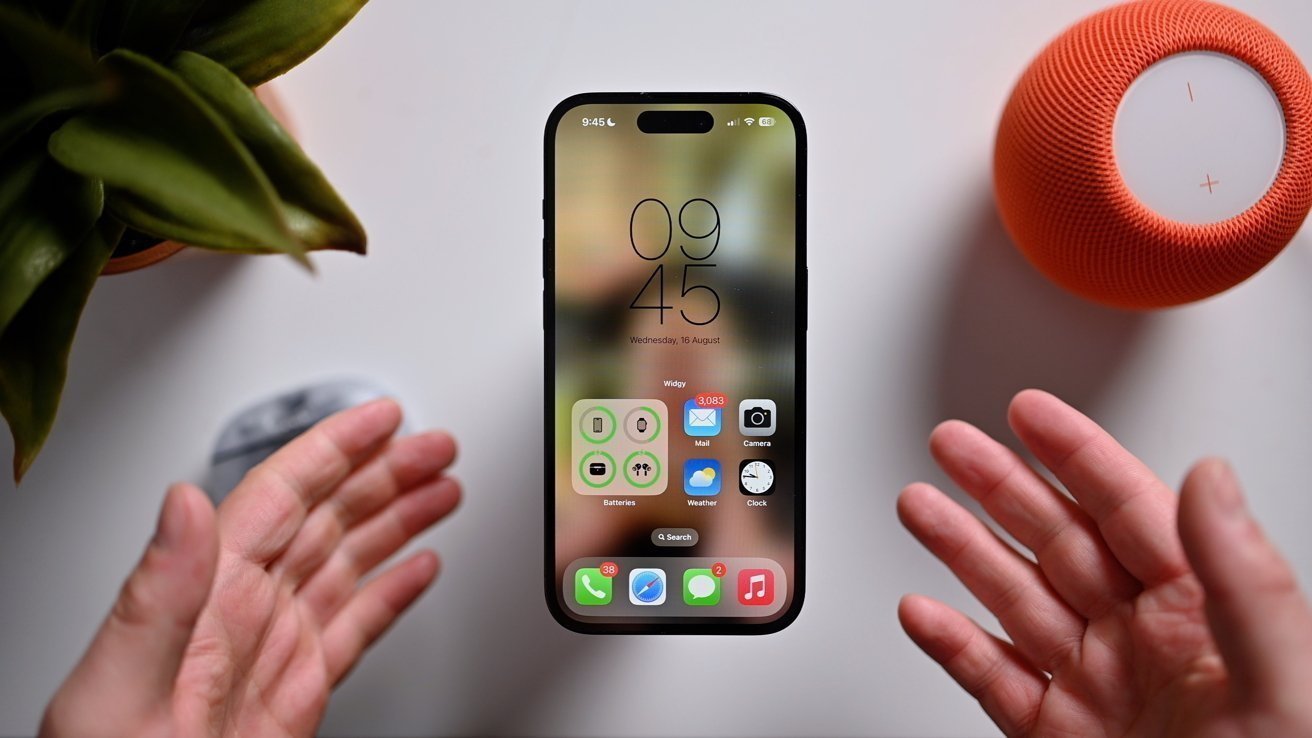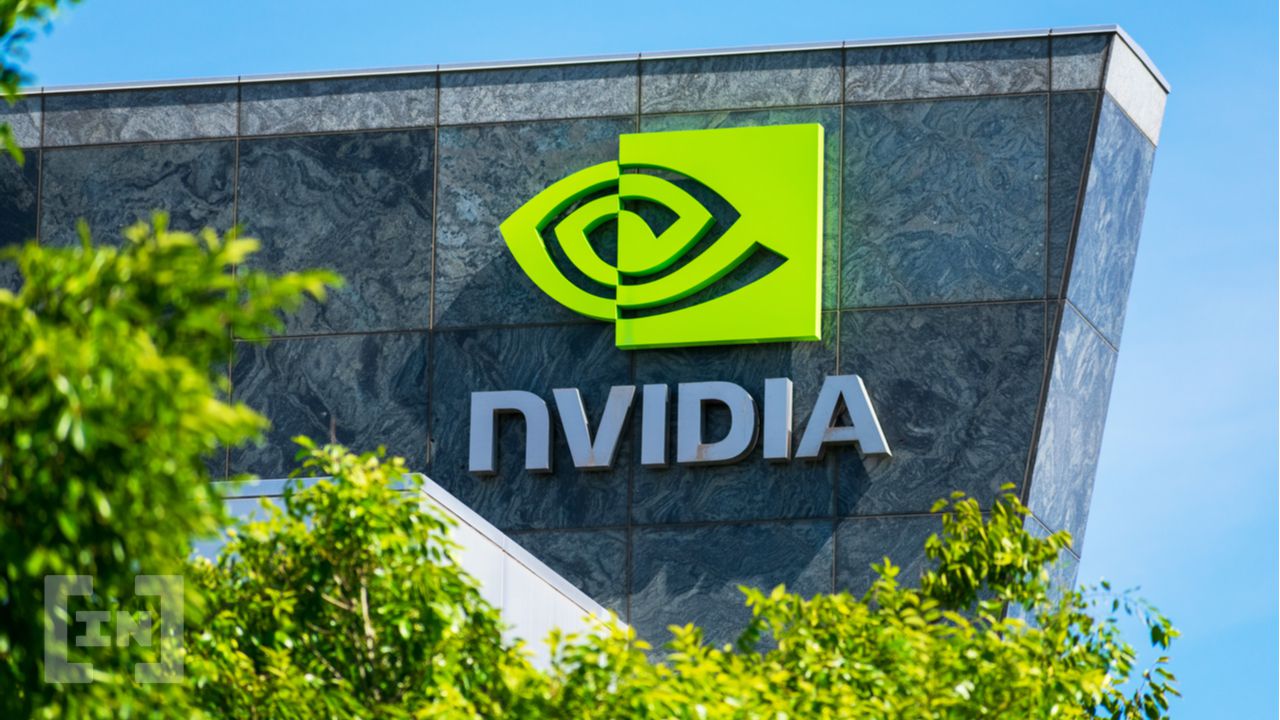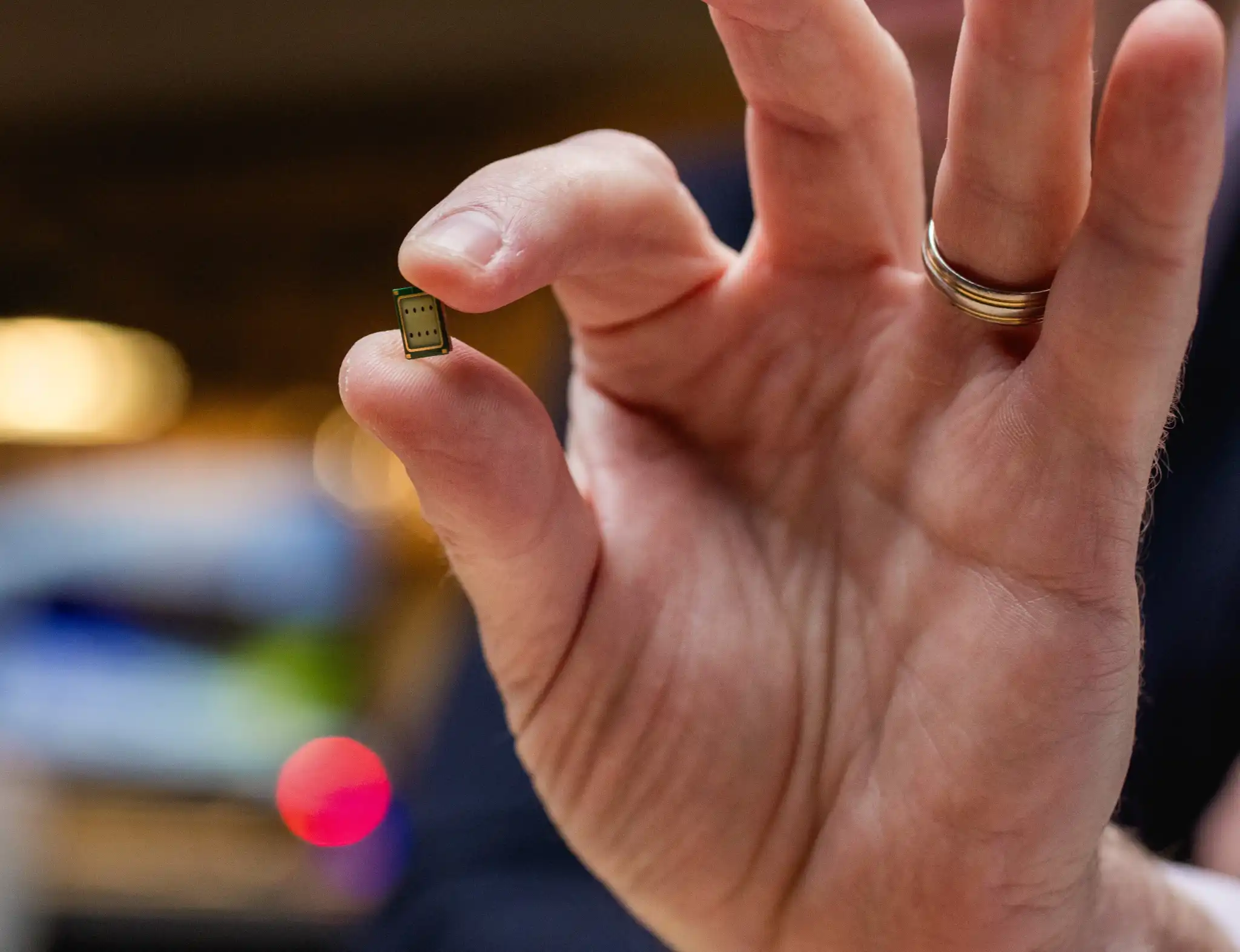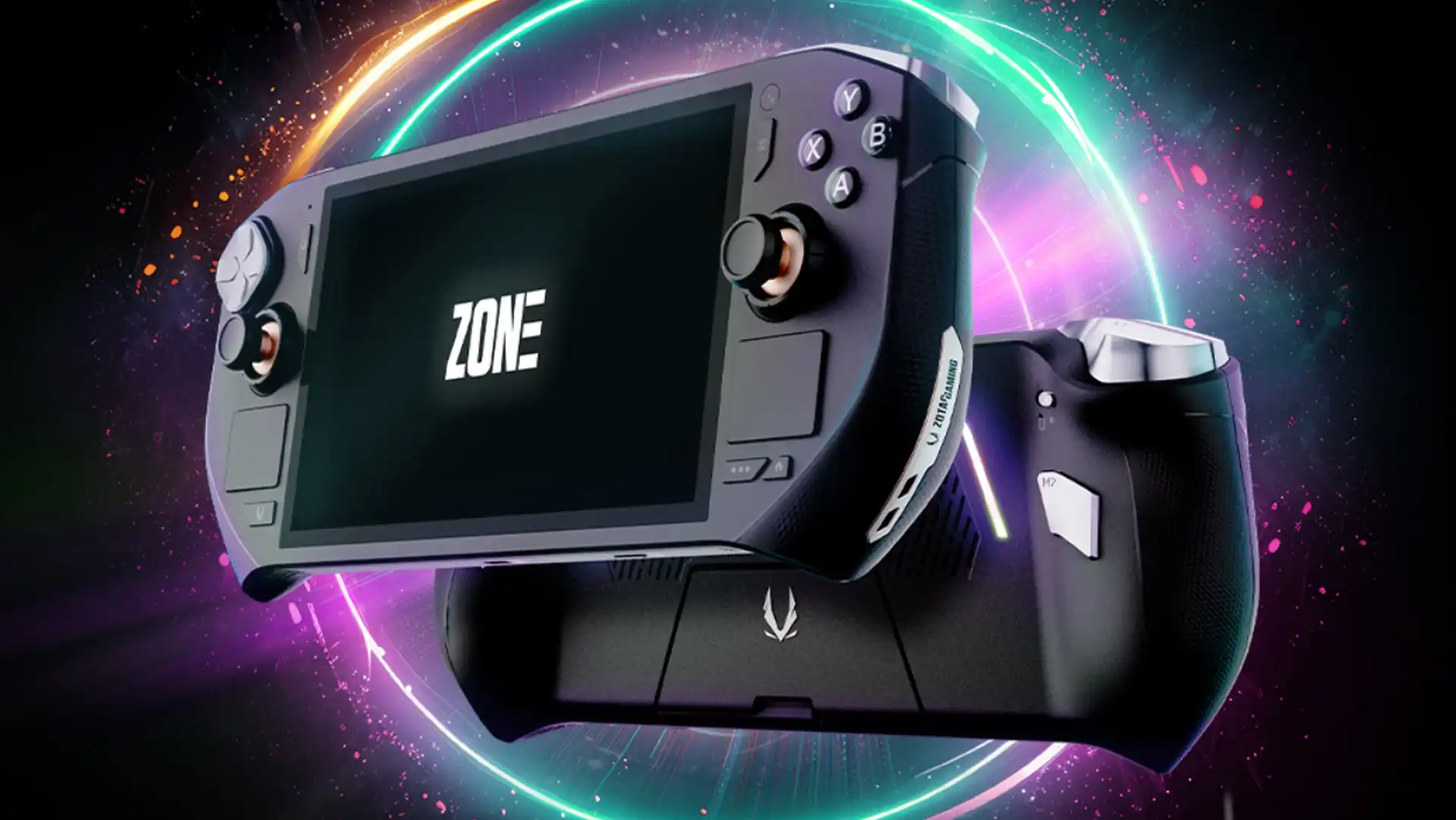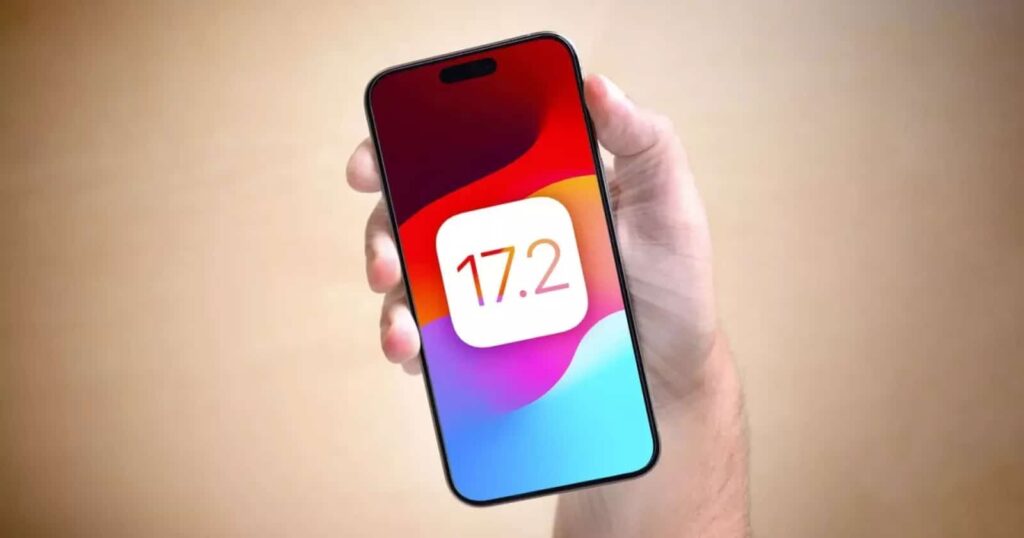
With the release of iOS 17.2 in December, Apple introduced a slew of security patches and exciting features, including the highly anticipated Journal app, to iPhones worldwide. Among these enhancements was the introduction of Contact Key Verification, a security tool designed to authenticate the identity of individuals you’re communicating with via text messages.
Targeted primarily at individuals navigating potentially perilous circumstances, such as journalists, activists, and government personnel, Contact Key Verification offers an additional layer of security. While the average user may not encounter such threats, Apple emphasizes the critical role this feature plays in safeguarding those in vulnerable positions.
Here’s a step-by-step guide on how to activate Contact Key Verification and leverage this new security feature:
- Open your iPhone’s Settings.
- Tap on your Apple ID, located near the top of the screen.
- Scroll down and select “Contact Key Verification” near the bottom of the menu.
- Toggle the switch next to “Verification in iMessage” to enable the feature.
Upon enabling Contact Key Verification, you’ll encounter an informative splash screen outlining its functionality. Tap “Continue” to proceed. You may also be prompted to update your devices to utilize this feature optimally, a step advisable for enhanced security measures.
Once activated, the Contact Key Verification menu will display an option labeled “Show Public Verification Code.” Tapping on this option reveals a unique alphanumeric code, which serves as your verification identifier. You can copy this code and share it with others via messages or online platforms to confirm your identity.
Additionally, within the Messages app, you can generate verification codes directly with your contacts. Here’s how:
- Open the Messages app.
- Initiate or access a conversation with the intended contact.
- Tap on the contact’s name at the top of the conversation.
- Select “Verify Contact” from the menu.
Compare the generated six-digit codes on both devices. If they match, mark the contact as verified. However, if the codes do not align, refrain from further communication until the identity discrepancy is resolved.

